48 hours in Nice. . . an insider guide to the chilled capital of the French Riviera
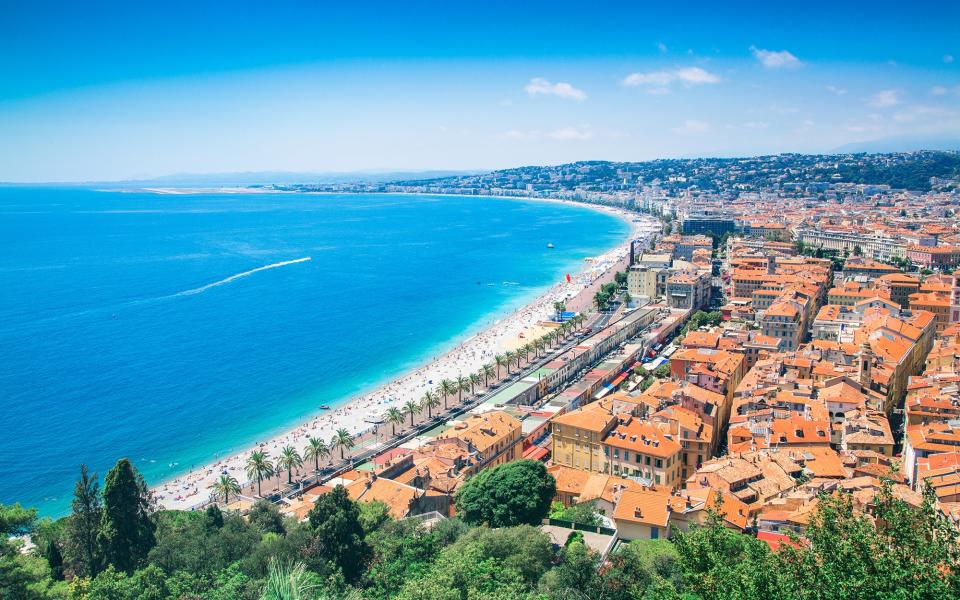
Refined, raffish and remarkably good-looking
Our rich and noble forebears flocked south to the Riviera capital, for the sun, unbounded friskiness and the sensuous curve of the Bay of Angels. Queen Victoria befriended Sarah Bernhardt there. And, when dying in Britain, she – the queen – allegedly gasped: “If only I were in Nice, I’d get better.” I’ve no doubt she was right. Today, the city has just as much to offer – culture, good food and festivity are in the city's genes. And it’s still pulling in artists and high-rollers.
But, crucially, Nice's aspiration to sunlit sophistication is sustained by the southern blood pumping through its veins. Its heroine, Cathérine Ségurane, gained her status by mooning at attacking Turks during a 1543 siege. The local population remains feisty. Baroque churches, arm-waving commerce in the Old Town, festivals and a café terrace life of great gusto all keep the place rooted in Mediterranean reality.
Day one
MORNING
Curving five miles round the bay, the Promenade des Anglais is a hyphen between sea, city and the vast sky, the most seductive seafront in France. Stroll beside palms, pergolas and joggers. Twentieth-century development has left blots, but the aura remains, underwritten by the sheen of the elements.
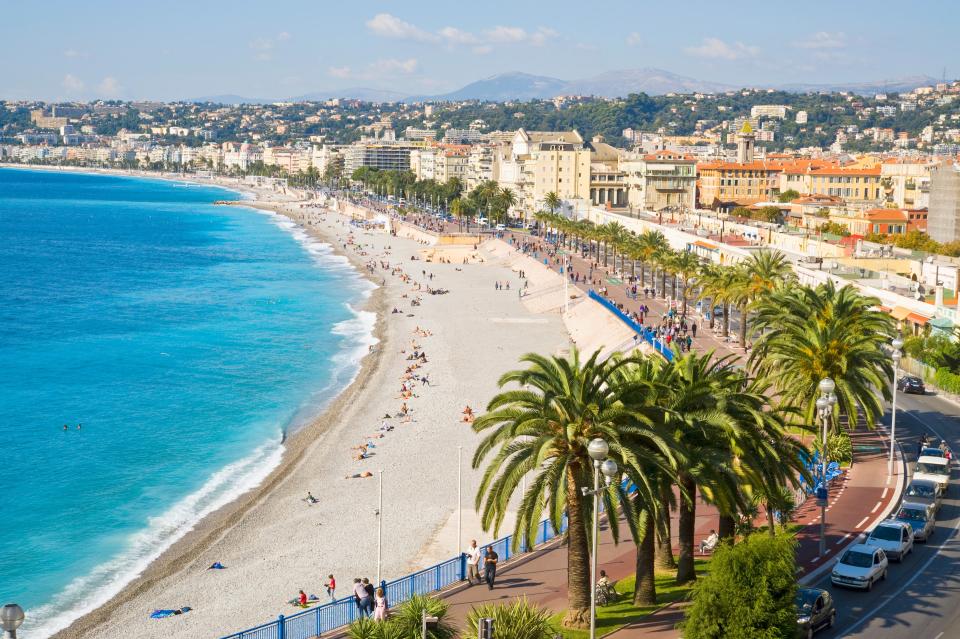
Walk to the Albert I gardens and then along Rue St-François-de-Paule. At number 14, Alziari (00 33 493 857 692) is the region’s most venerable purveyor of olive-related produce. Moments further on, at 7, Auer (00 33 493 857 798) has been making cakes since 1820. Shortly, the street spits you out onto the broad Cours Saleya whose morning flower and food market (daily, bar Mondays) is a barely controlled effusion of colours, aromas and Provençal sensuality.
Now plunge into the Old Town, its crammed streets a concentration of Mediterranean life, memories and arm-waving commerce. Note the raging Baroque of, say, the Eglise-de-Jésus at 12 Rue Droite. Then wedge yourselves into L’Acchiardo (00 33 493 855 116) for lunch just along the same street at Number 38. The family has been serving Niçois specialities since 1927.
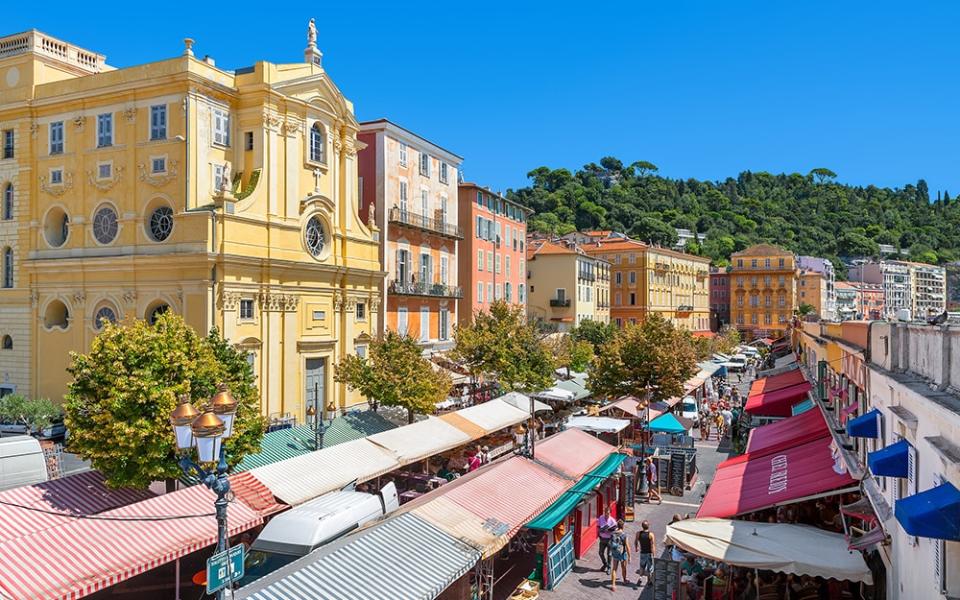
AFTERNOON
Trek up the nearby Colline du Château where Nice was founded by the Greeks and whose castle was razed by Louis XIV. Now there's parkland, an abundance of Niçois families at play and fine views back over Nice and the Bay. This was Nietzsche's favourite walk, before his breakdown. Trot down again to the shops. Posh, big-brand shopping clusters around Rue Paradis. The long Avenue Jean Médécin has more reasonable retail.
If not shoppers, take in the Palais de Masséna (00 33 493 911 910) at 35, Promenade des Anglais. Amid less distinguished modern Prom developments, the palais nobly recalls Nice’s Belle Epoque. It’s now a museum, telling both the story of Nice, and its own story of wintering aristos bidding to out-lavish one another.
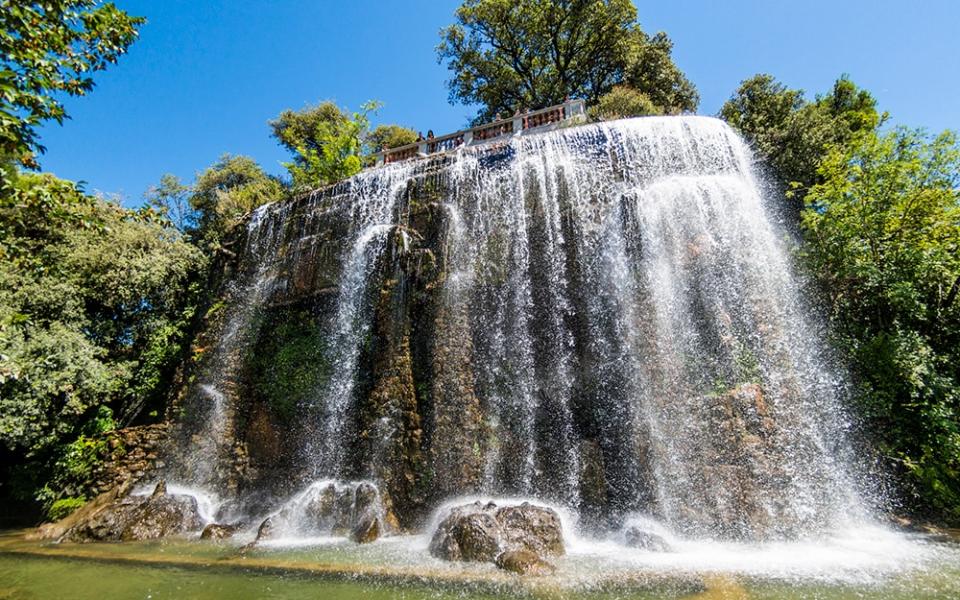
LATE
Push out le bateau this evening, with cocktails in the wood-panelled bar of the legendary Hôtel Le Negresco (37 Promenade des Anglais; 00 33 493 166 400) – everyone you've ever heard of, Liz Taylor through Nikita Khrushchev, has drunk here before you – then dinner in the ancien régime setting of the hotel’s double-Michelin-star Chantecler restaurant; mains start from €68 (£61).
Later, Le Shapko (5 Rue Rossetti) in the old town has live blues and jazz every night.
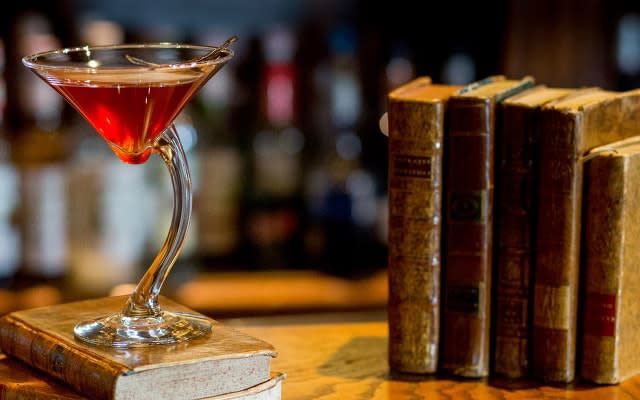
• The best restaurants in Nice
Day two
MORNING
Indulge your inner tourist by taking the open-topped, Grand Tour hop-on, hop-off bus (€22/£19 for the day), which starts near the Place Masséna. Commentary and music are good.
Hop off first at the top of Cimiez Hill for the Musée Matisse (164 Avenue-des-Arènes-de-Cimiez; 00 33 493 810 808). The artist was based in and around Nice from 1917 to his 1954 death. This ochre-red Genoese villa, contains a terrific vertical tasting of his work.
While in the district, bob to the ruins of the Roman arena at 184 and, across the olive grove, to the Franciscan monastery church (Place du Monastere; 00 33 493 810 040). The 15th-century paintings by Louis Bréa amply reward inspection. Buy a snack lunch (sandwich, croque-monsieur) from the Buvette-des-Arènes-de-Cimiez stand near the Matisse museum. Eat it under the olive trees.
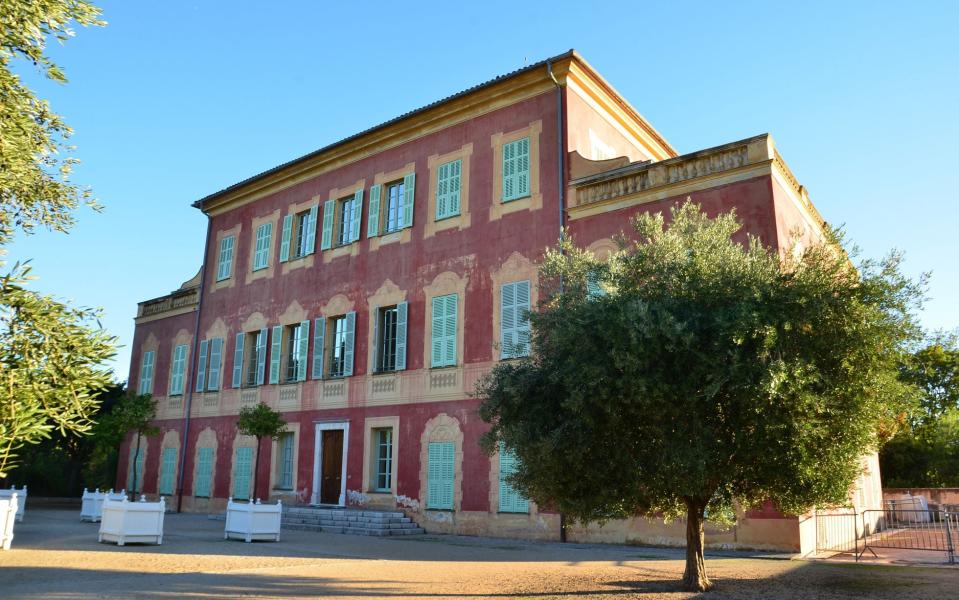
AFTERNOON
Note, nearby, the vast and stately Régina building (71 Boulevard de Cimiez). Now in flats, the hotel was built to host Queen Victoria whose 100-strong entourage colonised its west wing in the winters from 1897-99. There’s still a crown on the roof. In front of the gardens, the city erected a fine statue of the monarch in her memory. It shows her feminine, regal and not a bit frumpy.
Now walk down the Boulevard-de-Cimiez, where fancy fin-de-siècle folk built frothy villas. It’s all downhill, to the Musée Marc Chagall (36 Avenue Dr-Ménard; 00 33 493 538 720). Chagall’s great Biblical Message tableaux surge with colour and significance.
Now hop back on the bus, to the Russian cathedral (Avenue Nicolas II; 00 33 981 095 345). Built for wintering Russian nobles of the Tsarist regime, it later also served Russians fleeing the 1917 revolution. It remains the most splendid Orthodox church outside Russia.

LATE
Walk round the Rauba Capeu headland to the port, on both sides of which cluster creditable restaurants. Among the best, and particularly for fish, is the Bistrot du Port (28 Quai Lunel; 00 33 493 552 170): here you can expect dishes such as an excellent bouillabaisse or sea bass on fennel. Regulars have included Italian international Mario Balotelli, recently transferred from OGC Nice FC to the Olympique de Marseille, so you're in sound company.
Afterwards, stroll the port and the newly hip zone between there and Place Garibaldi. Rue Lascaris concentrates a number of good bars – try Rosalina (00 33 493 893 496) at N° 16 or the BiBoViNo (00 33 493 071 330) wine bar at N°17.
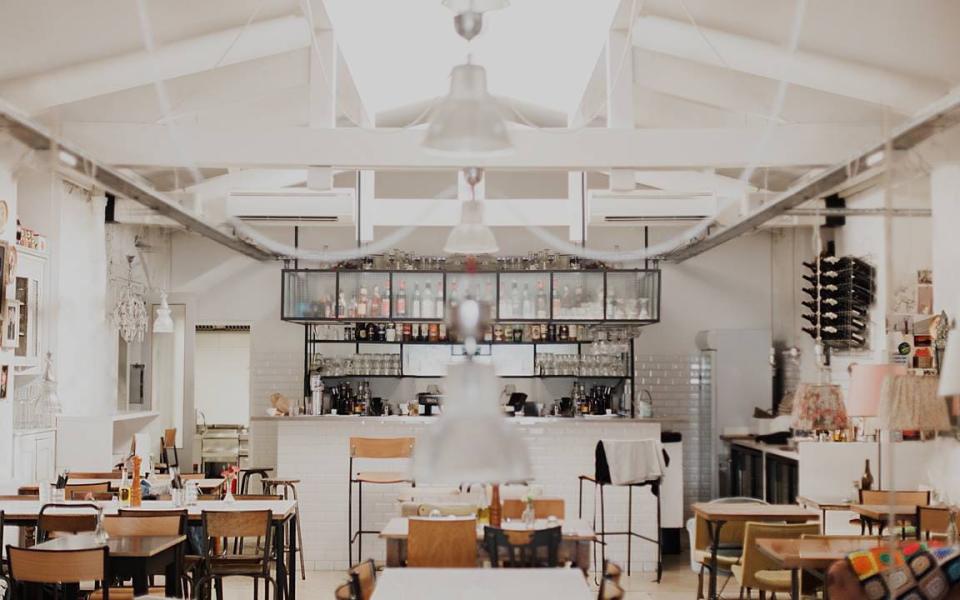
Luxury Living
The lavish Hôtel Le Negresco is the most-recognised landmark along the Niçoise seafront – topped by a flamboyant pink dome that was allegedly inspired by the architect's mistress. Dining at the Michelin-starred restaurant Le Chantecler is an unashamedly extravagant gastronomic affair complete with 18th-century dark wooden panelling and impressive oil paintings.
Doubles from €185 (£162). 37 Promenade Des Anglais; 00 33 493 166 400
From
£ 162
pn
Rates provided by Booking.com
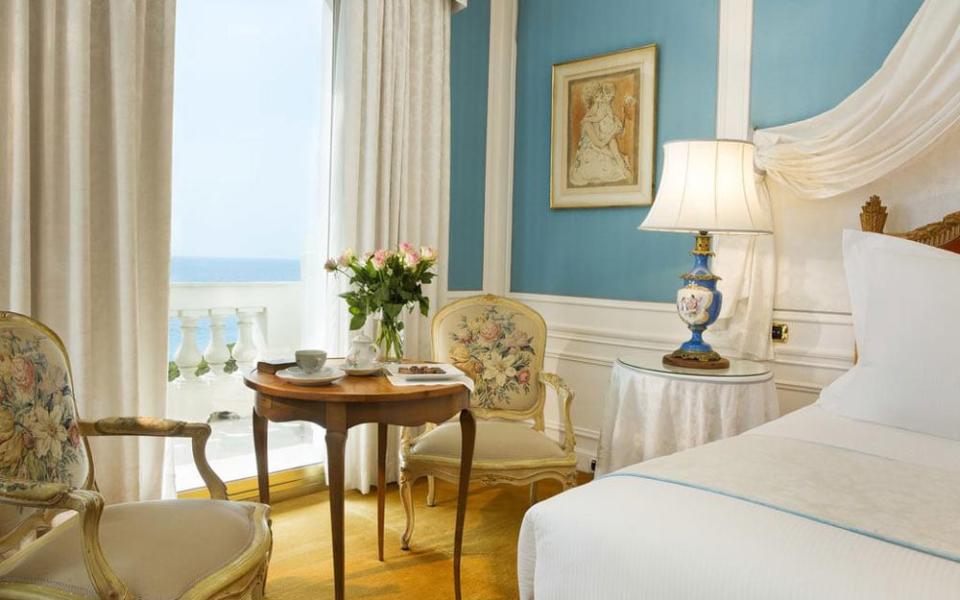
Boutique Bolthole
With its dramatic clifftop setting, Hotel La Pérouse drinks in the big blue stare of the Med like no other hotel on the Côte d'Azur. No two rooms are the same – different designers have each left their indelible stamp of grace, elegance and a touch of the unexpected. The sun-trapping swimming pool, carved into the cliff and heated to 25 degrees all day long, is exquisite.
Doubles from €174 (£154). 11 Quai Rauba Capeu; 00 33 493 623 463
From
£ 154
pn
Rates provided by Booking.com

Budget Beauty
If you are after a fully-equipped apartment in central Nice, look no further than Nice Pebbles. They offer scores of uniquely chic properties in the most plum quarters of Nice. Some have wraparound balconies. Others have panoramic vistas. All are handpicked, then stocked with Egyptian cotton linen and a bottle of Côtes de Provence rosé to get your holiday started.
Doubles from €64 (£56). 20 rue de l'Hotel des Postes; 00 33 493 623 463
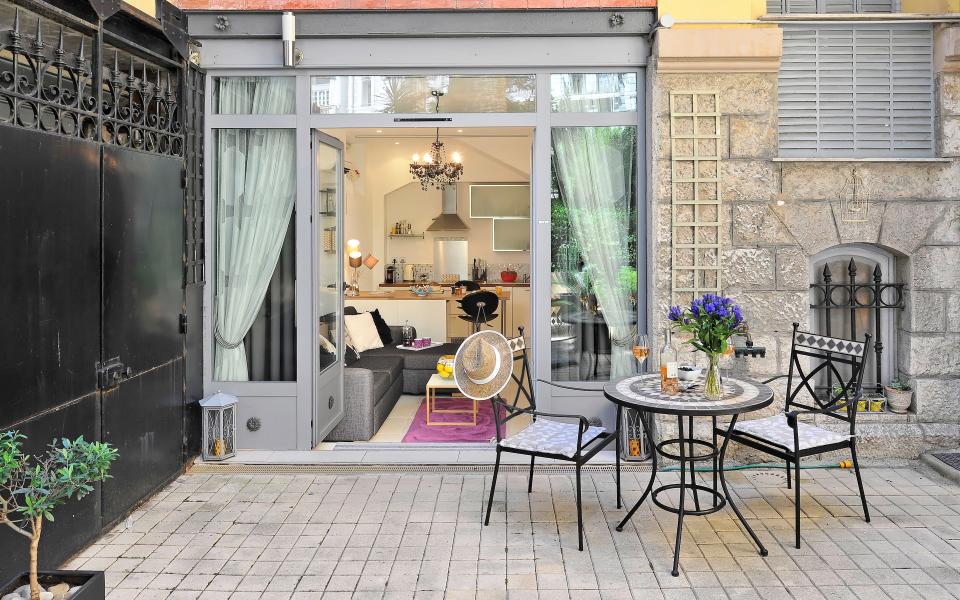
• A complete guide to the best hotels in Nice
Nice is only a hop from perfume capital Grasse, where Molinard (00 33 493 629 050) is one of the most venerable producers. The firm's Nice outlet is at 20 Rue St François de Paul. It smells irresistible.
Or go for wine. The tiny Bellet appellation supplies Nice’s (expensive) house wine from the hills directly behind the city. Try vineyards Domaine de Toasc (213 Chemin de Crémat; 00 33 492 151 414) for reds, or Domaine de la Source (303 Chemin de Saquier; 00 33 493 298 160) for whites.
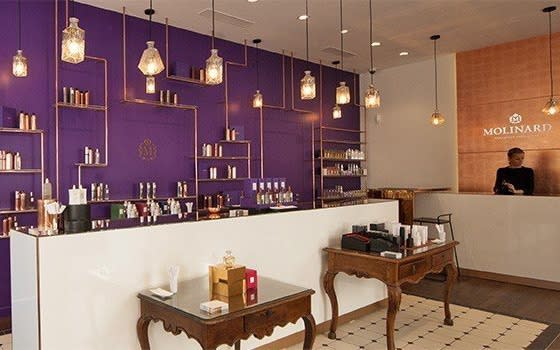
Absolutely any time. Nice is France's fifth city. It's on the move 12 months a year. It doesn't like seaside resorts, shut or stop in synchronisation with seasonal visitors, which is why there are visitors all year round. In winter, the light will be limpid, the weather maybe warm enough to eat lunch outdoors – and the nights warmed by Europe's greatest carnival, starting in February. Spring brings added perkiness to the fruit and flowers of the great Saleya market and bright warmth to life in general, while summer – the wiseacres will tell you – is hot and packed. And so what? There's something very appealing about being in a city when it's at full tilt – with festivals, crowds and life lived late on scores of bar terraces. September and October are more mellow, but only mildly so. While the temperature might better suit British people, the sea may still be warm enough for bathing, and Nice will remain Mediterranean. Its "mellow" might strike other people as rather exuberant.
Essential Information
Nice is covered by the British Consulate in Marseille: 00 33 491 15 72 10, Les Docks de Marseille, Atrium 10.3, 1er Etage/1st Floor, 13002 Marseille. Open Mon, Wed, Fri, 9.30am-12h30.
British Embassy, Paris: 00 33 144 51 31 00
Emergency services: Dial 112
Nice Tourist Office: 00 33 492 144 614; nicetourisme.com), 5 Promenade des Anglais
The basics
Currency: Euro
Telephone code: Dial 00 33 for France. French telephone numbers are almost all 10-digits, starting with “0”. When calling from abroad, knock of this initial “0”
Time difference: + 1 hour
Flight time: London to Nice is around two hours
Local laws and etiquette
French law requires that you always have personal ID about your person, so keep your passport on you.
If driving, you must have a fluorescent yellow bib in the car. It’s to be put on should you break down on a busy road and need to be visible to other motorists – and it’s a legal requirement.
When introduced to someone, shake him or her by the hand. All that cheek-kissing comes a little later (considerably later between men), when acquaintance has been struck up.
Note that, when offered something (a fill-up of your wine glass, more bread, a minor treat), simply saying “Merci” indicates refusal, as in “No, thank you”. This is quite different from British practice, where saying a simple “Thank you” implies acceptance, as in “Yes, thank you”. So, if you want your wine glass filled or more bread, don’t say “Merci”. Say “Oui, s’il vous plait.”
Round-the-clock snacking is far less common in France than in the UK – as is eating or drinking in the street. French practices are loosening, but you’re still unlikely to draw admiring glances if you’re walking along at 4pm with pizza in one hand, a can of beer in the other.
Author Bio
For 30 years, Nice authority Anthony has perpetuated the double-centennial relationship between noble Britons and the capital of the Côte-d’Azur. Few suspect he’s really a prole from Preston, Lancs.
Telegraph Travel's best hotels, tours, cruises and holidays in Nice, tried, tested and recommended by our Nice experts.

